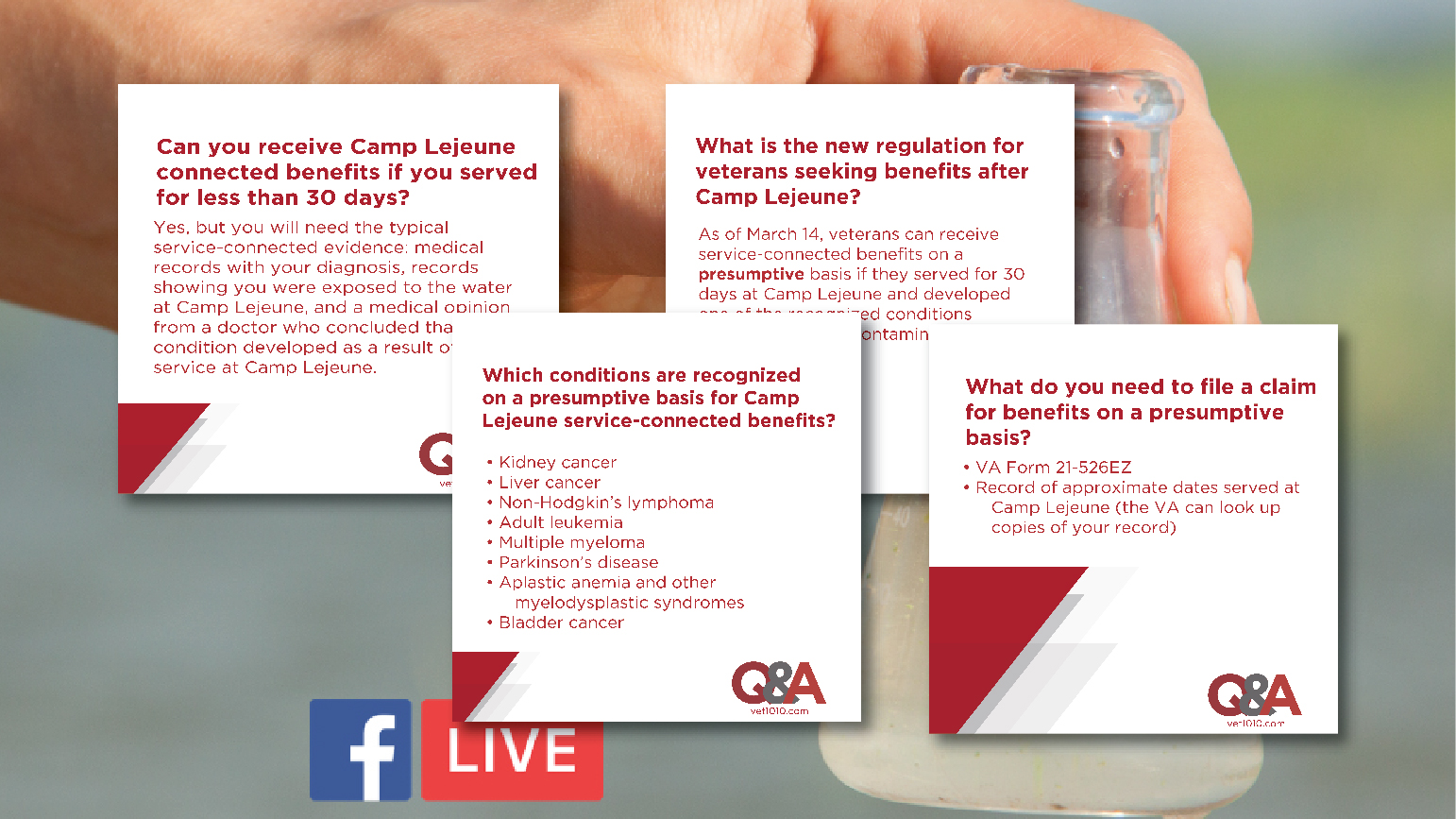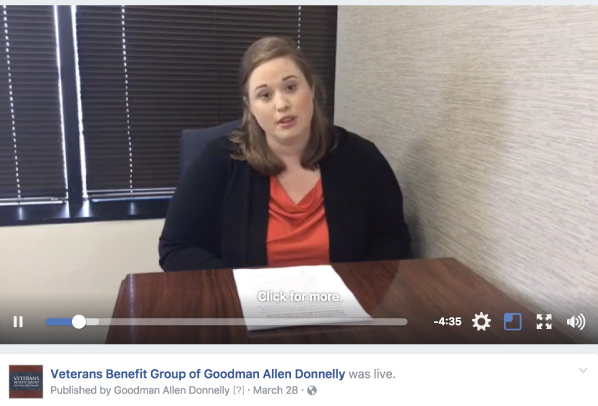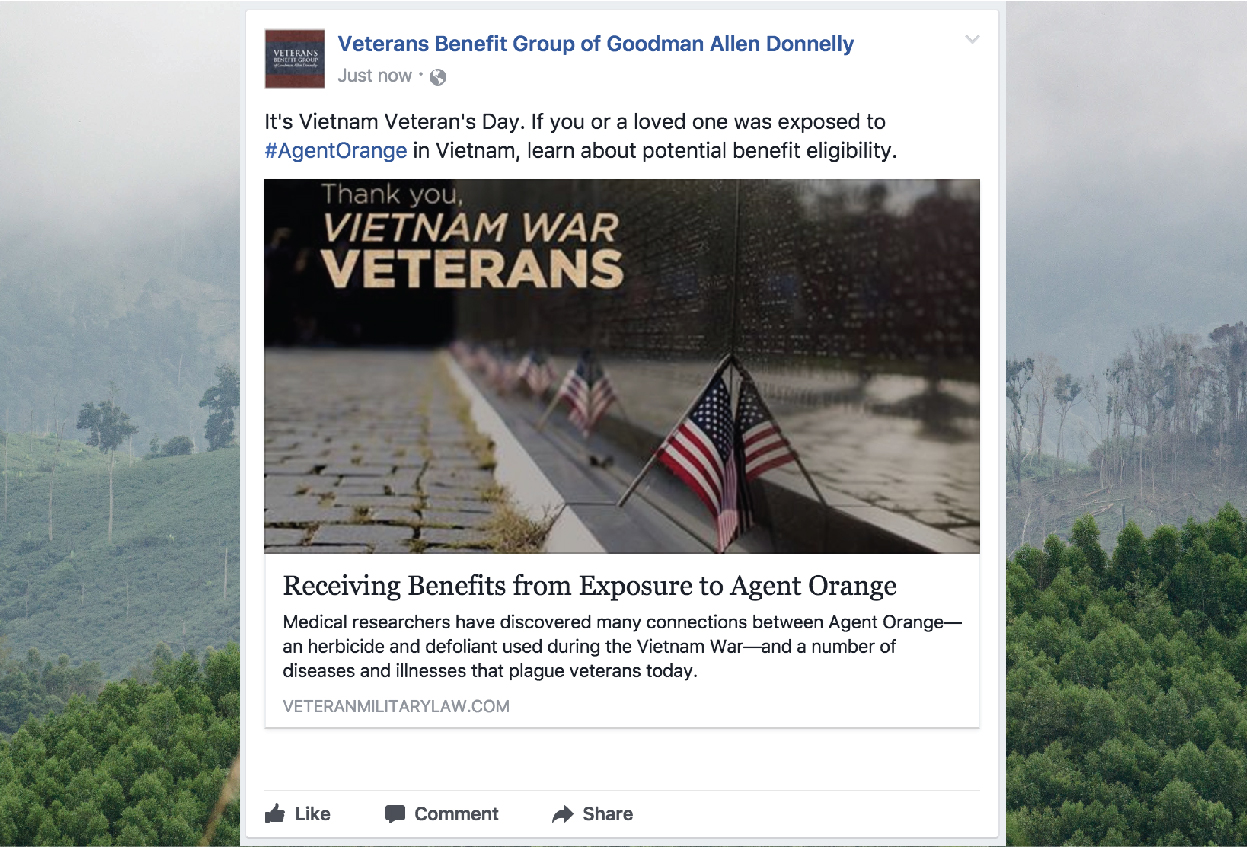Congratulations, you wrote a blog, recorded a podcast, or produced a video that used your expert insight to teach and connect with your audience. You’ve taken your first steps into content marketing!
The work doesn't end when the content is finished, though.
Don't fall into the trap of spending significant budget to develop a piece of content and then doing the unthinkable--publish it once and forget about it.
To get the most out of your content marketing, follow the three “re”s: repackage, reframe, and repost.
Repackage Content in Multiple Formats
Transition the content piece from the original format into another. What started off as a stellar blog can be repackaged as an informative video, or vice versa. Think critically about the structure and benefits of each unique format. Don't simply plug and chug the content from one layout to the next.
To repackage the content, start by mining the original piece for the gold nuggets--the key points that offer the most value--and use these takeaways as the outline. Then, consider which new format would add value to the information.
Example format transitions include:
- Blog to infographic
- Blog to podcast
- Social media posts to blog
- Video to blog
- Video to podcast

Take the law firm of Goodman Allen Donnelly as an example. The firm's lawyers are long on knowledge but short on time; they are the only ones with the expertise to create content but struggle to find time. To take advantage of the lawyer's expertise, the firm broadcasts monthly Facebook live video chats. They feature an attorney tackling one specific topic for five to ten minutes. The Facebook live format lightens the time-investment for the lawyer, while allowing them to connect with prospective clients in real time and put a friendly face to the name.
The fun doesn't end there, however. The video transcript is then reworked into blog format--including images, useful links, and fleshed out information--and posted online to keep website content fresh. Key takeaways are extracted and designed into standalone social media posts, all of which direct traffic back to the website. Repackaging the content makes efficient use of the attorney's time while supplying the firm with a stream of useful content.
Reframe Content for Different Audiences
Resist the urge to splash your content everywhere on the web with a generic "check this out". Instead, strategically frame the content with a format, media, and language that targets a specific audience.
When selecting a promotional platform, consider not only which media best displays the content, but also the platform's personality and audience. Is your target audience tech-savvy podcast listeners or suit-and-tie business section newspaper subscribers? Your content may be relevant for either audience, but the language you use to appeal to each will differ. Not sure who your audiences are? Invest in Nielsen customer segmentation research.
And then there's social media: so many platforms, so little time. For a general overview of audiences by social media platform, read Sprout Social's guide. Sharing content on LinkedIn, for example, enhances your company’s profile in the industry and highlights you as an engaged member of the organization. Once you've identified the media that best matches your target audience, customize the promotion to the platform's specifications. Don’t forget about image size and headline length.

For Goodman Allen's Veterans Benefit Group--an attorney practice specializing in veterans benefits law--promotions target several distinct audiences, including veterans by active engagement or family members of veterans. Social media targeting varies by age, interests, and other demographic factors. Ad language identifies whether the audience is the veteran or their loved ones.
Repost Content Over Time
Not everyone will see the content the first time you post it. Repost the content without being repetitive--each post can be similar but not identical. If there's a timely reason to repost your content--anything from #throwbackthursday to #nationalthemedays--even better.

Content marketing is not just about the number of times you post but also how many people post. Encourage as many employees as possible to share the content on their accounts to take advantage of social networks.
Invest for Success
Finally, throw some money on it. These days it is getting harder and harder to reach people organically (thanks, Facebook algorithm updates). So, it's important to sponsor your content. Even modest budgets of $50-$200 can work wonders to increase reach, so be sure to reserve some budget for content promotion.
Content marketing is an investment of time, effort, and money. Make sure you get the most out of it with the three “re”s.
Category: Marketing
Tags: content management, copywriting, social media
